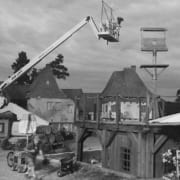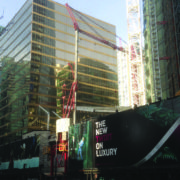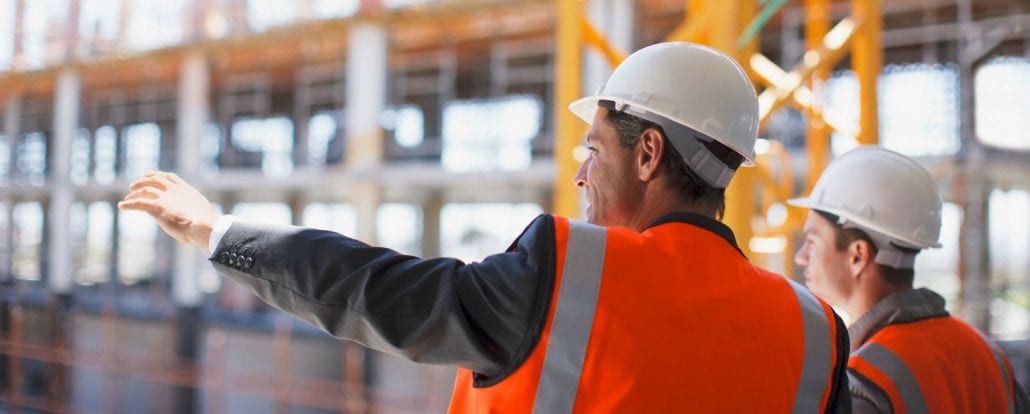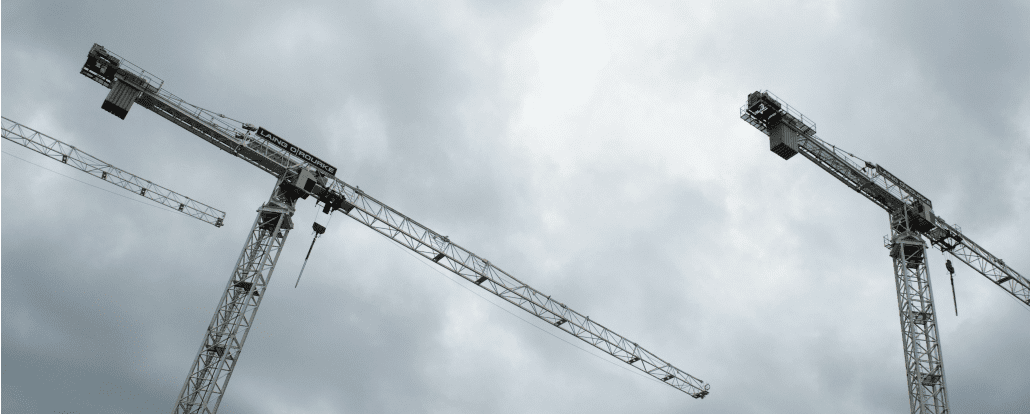When the Dominion Diamond Corporation needed a newer, safer, and more efficient solution for an ongoing challenge in their mining operations, they called Bigfoot Crane Company.
Dominion Diamond Corporation is a Canadian mining company that has become a major supplier of rough diamonds to the world market. Their operation at the Ekati Diamond Mine near the Arctic Circle often requires specialized equipment that can withstand challenging work environments and harsh climates.
In order to bring rough diamonds to the surface, the company utilizes a team of skilled workers known as High Wall Scalers. This specialized crew works in the open pits to remove hazards, like large rocks and boulders, from the sheer, vertical walls of the mine, which can be as high as thirty meters.
“The High Wall Scalers are there to protect other crew members,” said Chantal Lavoie, Chief Operating Officer for Dominion Diamond Corporation. “They’ll scale down from the walls of the mine using a scaling bar to push or pry the rocks off or an airbag to loosen them. If the rock is too big to move, they’ll anchor it in place by installing ground support.”
It’s this last activity that necessitated the need for a rock-scaling basket. Lavoie noted that if there was a large area where ground support was needed, the basket let the team go in and install ground support materials in a more efficient manner. The company had used a similar piece of equipment years before but wanted something bigger and better.
Enter Bigfoot.
Working with the engineering team at Dominion Diamond Corporation, Bigfoot designed and built a customized rock scaling basket according to the company’s specific requirements.
Lavoie noted: “We wanted to make sure this was going to work for the crew, so one of the first things we did was reach out to them to see what kind of improvements would help them do their job.”
Bigfoot delivered a completely customized finished product that turned out to be, according to Lavoie, better than expected.
The new man basket is ergonomically designed, with adjustable wall supports, covered sides and a solid bottom to cut down on wind. Best of all, according to Lavoie, the new basket significantly improved crew safety and allowed workers to use a different type of drill that was more efficient for them.
“The customized basket has doubled high-wall scaler productivity,” said Lavoie. “The team is pleased with how fast and how efficiently it works. It also allowed us to extend our operating season.”
“This was a good investment for us,” Lavoie concluded. “The equipment works well in our specific operating environment and given our specific and unique requirements.”
To read the full case study, click here.
For more information about Boscaro man baskets, click here.










